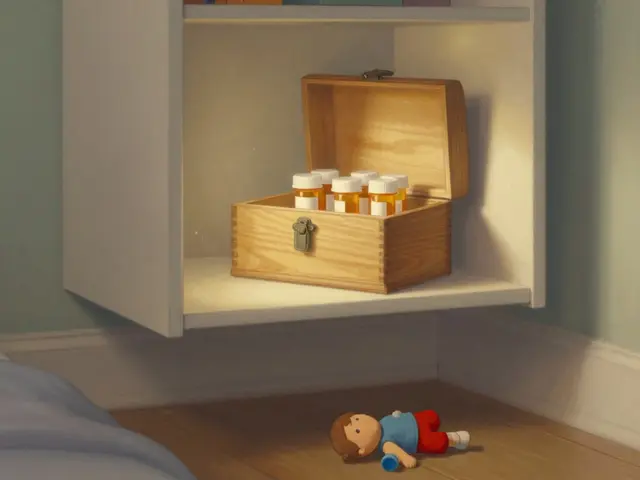Congestion Relief: Fast, Practical Ways to Breathe Easier
Congestion can come on slow or hit hard — stuffed nose, chest tightness, or that clogged feeling that messes up sleep. You don't need miracle cures; you need clear steps that work now. Below are simple, evidence-based tips to ease both nasal and chest congestion and when to get medical help.
Quick fixes you can try at home
Start with steam and saline. Inhale warm steam from a bowl or take a hot shower to loosen mucus. Use saline nasal spray or rinse once or twice daily to flush allergens and thin secretions. Stay hydrated — water thins mucus and helps drainage. Add a humidifier in your bedroom when air is dry; 40–50% humidity is often comfortable and helps mucous membranes.
Over-the-counter options can help short-term. Oral decongestants like pseudoephedrine reduce nasal swelling but can raise blood pressure and cause jitteriness; avoid them if you have heart disease or uncontrolled hypertension. Nasal decongestant sprays (oxymetazoline) work fast but use only for 3 days to prevent rebound congestion. Antihistamines help when allergies are the cause — choose non-drowsy types during the day.
Try simple positional changes and supportive care. Elevate your head while sleeping to encourage drainage. Warm compresses over the face can ease sinus pressure. Gentle nasal massage and chewing can open clogged Eustachian tubes and reduce ear pressure.
When congestion needs a doctor's visit
See a clinician if symptoms last more than 10 days without improvement, or if you have high fever, severe facial pain, vision changes, trouble breathing, or blood in mucus. These signs suggest bacterial sinusitis, pneumonia, or another serious issue. If you have chronic conditions like COPD, asthma, or heart disease, get medical advice sooner when congestion worsens.
Prescription options include inhaled bronchodilators for chest congestion with wheeze, antibiotics only when a bacterial infection is likely, or steroid nasal sprays to help chronic inflammation and reduce the need for repeated decongestant spray use. For persistent allergic congestion, allergy testing and immunotherapy are options that reduce symptoms long-term.
Watch children and older adults closely — they can decompensate faster. In infants, poor feeding, high fever, or difficulty breathing require immediate attention. For adults, sudden shortness of breath, chest pain, or confusion is an emergency.
Small changes often make a big difference: saline rinses, humidified air, staying hydrated, and cautious use of short-term decongestants. If home care doesn't help, don't wait — get checked so you can treat the cause, not just the symptoms.
Other helpful steps: avoid smoke and strong odors, which irritate airways and slow recovery. Limit alcohol and caffeine when congested — they dry mucus and can make sleep worse. Over-the-counter expectorants (guaifenesin) thin chest mucus and may help cough it up; drink warm fluids with them. Use neti pots carefully: use sterile or boiled then cooled water and clean the device after every use to avoid infections. If you use regular nasal steroids, keep using them as directed — they reduce inflammation but take several days to work. Ask your pharmacist for tailored advice.

The link between congestion and urban sprawl
In my research, I've found a strong correlation between urban sprawl and congestion. As cities expand outward, people often rely more on cars, leading to increased traffic and congestion. Public transport often struggles to serve sprawling urban areas effectively, exacerbating the issue. Urban planning that focuses on compact city designs could help reduce congestion, by making walking, cycling, and public transportation more viable options. In essence, managing urban sprawl is crucial for easing congestion and creating sustainable cities.
Read More



